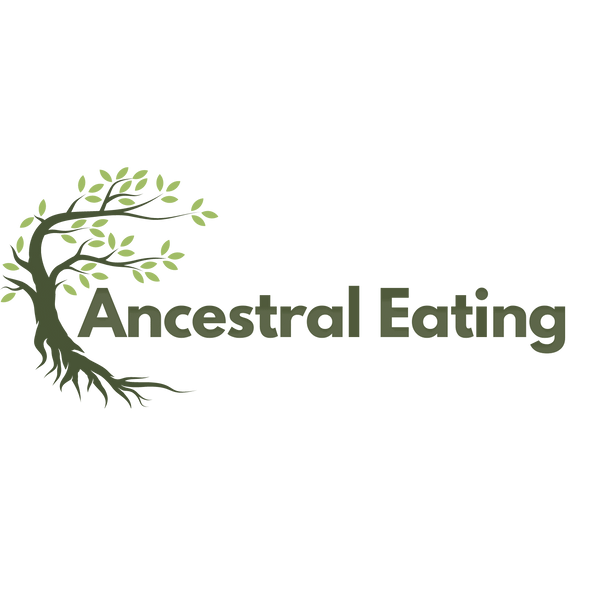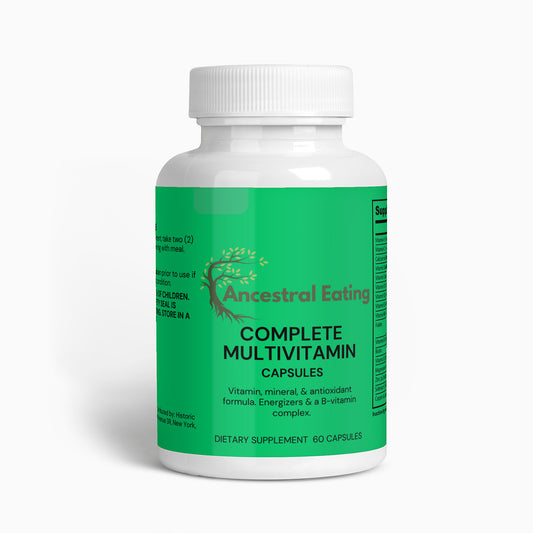The food culture in Estonia has been shaped by its geographic location, harsh climate, seasons, and historical events, such as periods of foreign rule and trade relationships. Situated in Northern Europe, Estonia's traditional cuisine relies heavily on grains, root vegetables, and animal products like meat and dairy. The country also has a long coastline, which influences its consumption of fish. Here's a look at the foods eaten by the people of Estonia over the last 500 years:
Staples:
- Rye Bread: A staple in Estonian households for centuries, often made at home.
- Potatoes: Introduced later but became a staple by the 19th century, used in a variety of dishes.
- Barley: Used for making porridge, bread, and beer.
Proteins:
- Pork: The most commonly consumed meat, used in roasts, sausages, and blood sausages ("verivorst").
- Fish: Herring, perch, and pike are popular fish consumed, often smoked, pickled, or fried.
- Dairy: Cheese, sour cream, and buttermilk are common.
Vegetables:
- Cabbage: Used in soups and stews, as well as fermented for sauerkraut.
- Carrots and Beets: Commonly used root vegetables.
- Mushrooms: Foraged from forests and used in various dishes.
Fruits:
- Berries: Blueberries, strawberries, and lingonberries are foraged seasonally.
- Apples: Used in desserts and drinks.
Spices and Condiments:
- Dill, Parsley, and Chives: Commonly used herbs.
- Mustard: Often homemade, used as a condiment.
- Horseradish: Used as a condiment, especially with meat dishes.
Beverages:
- Beer: Traditionally homemade and consumed for centuries.
- Kvass: A fermented beverage made from bread.
- Vodka: Also a popular alcoholic beverage.
Traditional Dishes:
- Sült: A jellied meat dish, often eaten during Christmas.
- Karask: A type of barley bread.
- Rosolje: A salad made of potatoes, beets, and herring.
- Kama: A mixture of roasted barley, rye, oat, and pea flour, traditionally a peasant dish.
Historical Influences:
- Teutonic Rule: Introduced culinary practices from Central Europe, including the use of more spices and meats.
- Russian Rule: Brought dishes like borscht and pelmeni into the cuisine.
- Swedish Influence: Contributions like fermented foods and some baked goods.
Modern Influences:
- Globalization: Modern Estonian cuisine has seen the introduction of foods like pasta, pizza, and other global dishes.
- New Nordic Cuisine: Some Estonian chefs have embraced this movement, focusing on local and seasonal ingredients.
Estonia's culinary history is a blend of native traditions and external influences, adapted to local ingredients and conditions. The last 500 years have seen a gradual evolution in dietary habits, incorporating new foods and culinary techniques while preserving longstanding traditions.






